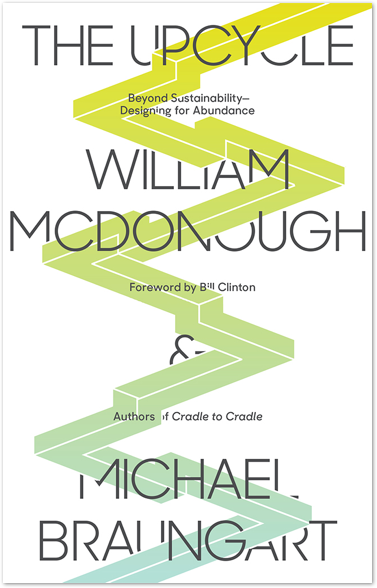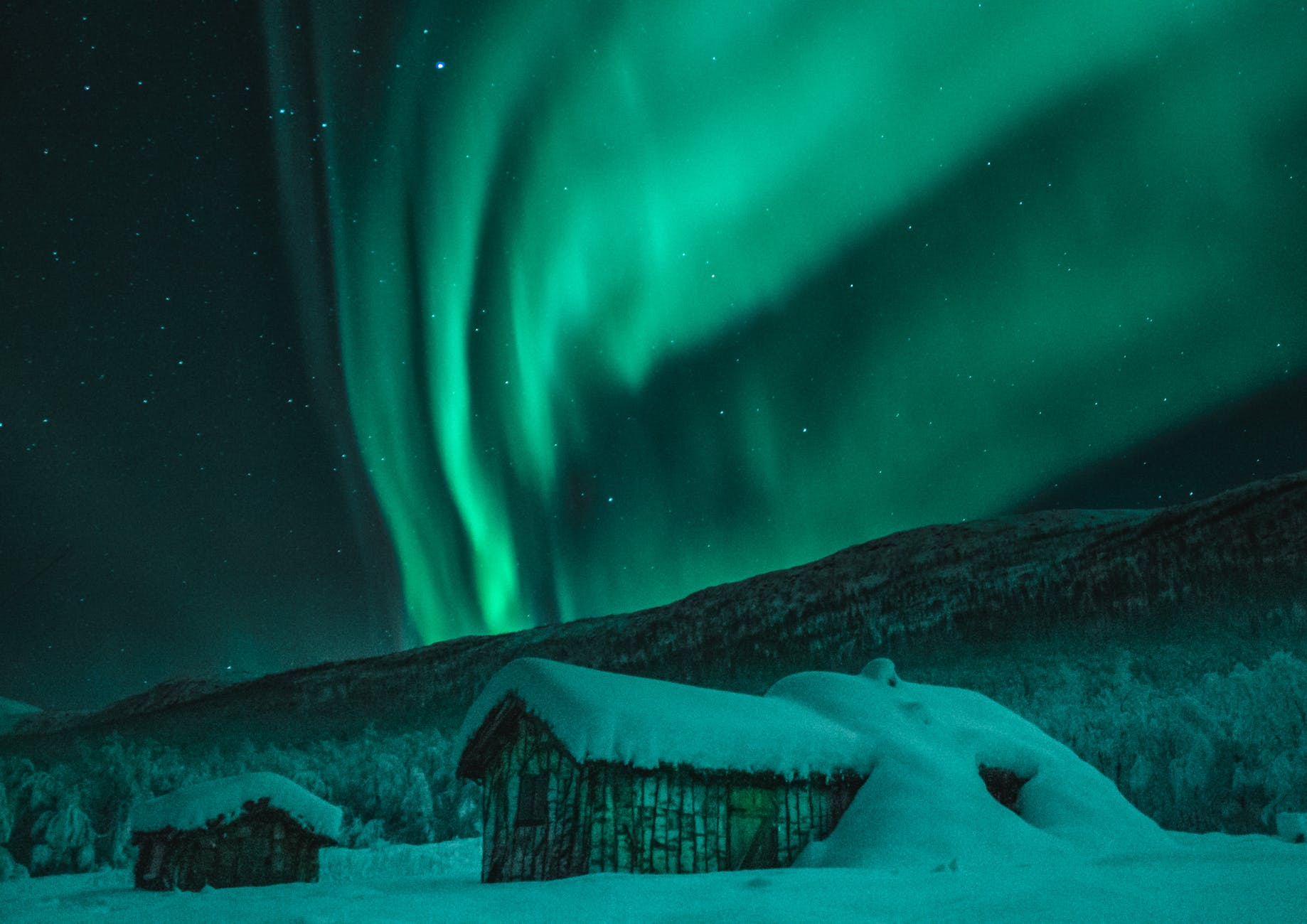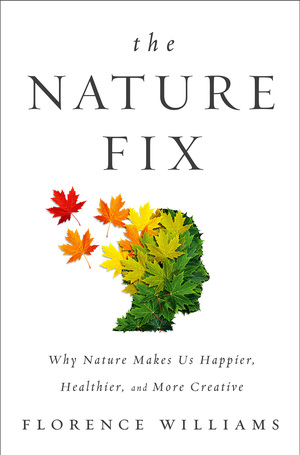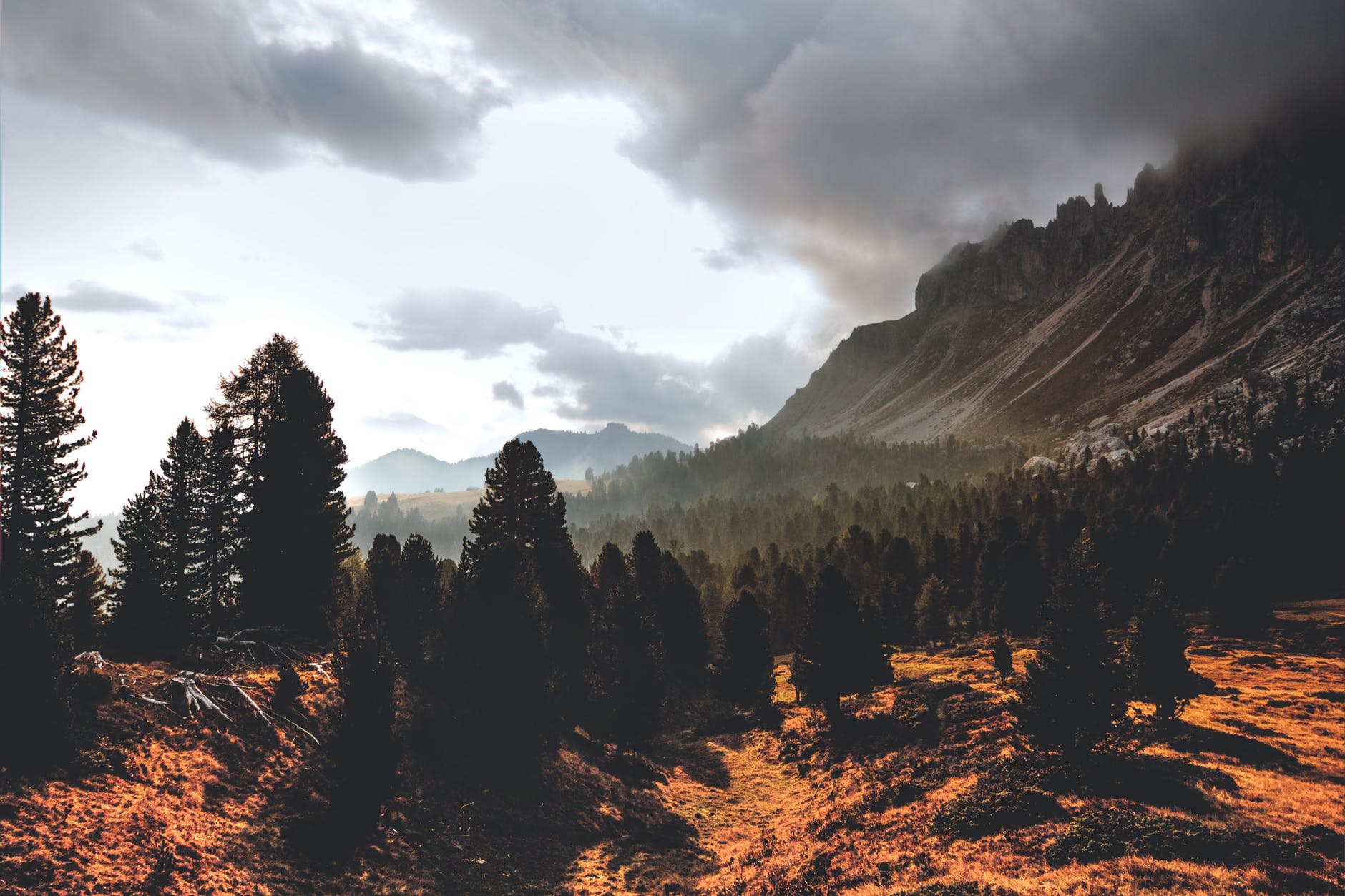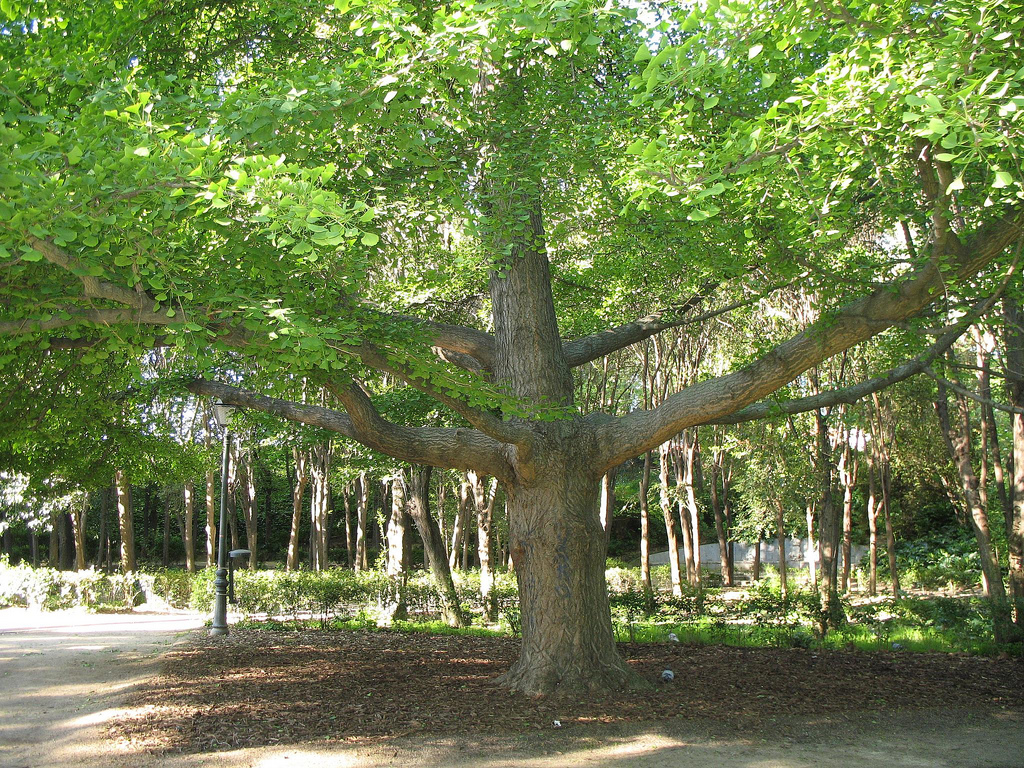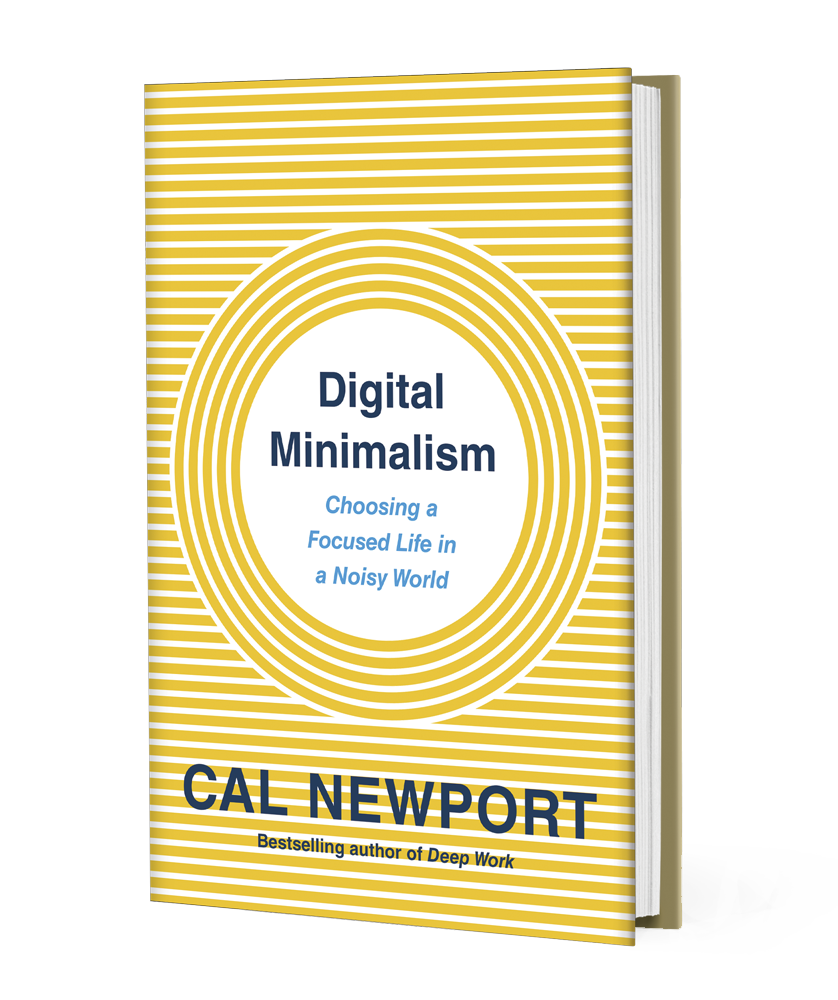
I picked up Digital Minimalism by Cal Newport from my local library expecting to read more of the same information I’d seen before: social media companies use slot machine psychology to hook users; in-person communication is higher quality; spending so much time on our phones is hurting our relationships. This was all in there, but beyond the facts of the matter, Newport opened my mind to new ways of thinking about my relationship with technology and how it’s designed.
Minimalism at its core isn’t based on asceticism, where one denies earthly pleasures for the sake of austerity. I often find myself strongly trying to resist any emotional impulse to make purchases. I think this self-imposed austerity may have been causing undue stress by saying “you can’t have that,” instead of the healthier question of “is this something that could bring value to my life?”
In respect to technology, and apps in particular, Newport revisits calls by friends to join social media because it might be useful. He counters by saying that any tool should have a clear benefit to warrant your time. It’s not that any of these tools are bad per se, but since you only have so much time and attention, do you really want to spend it on something that might be useful, when there are so many other things that definitely would be?

Photo by rawpixel.com on Pexels.com
I’ve mentioned before how I struggle to balance my thirst for new information and time to be creative and thoughtful. It’s something I feel I still haven’t worked out, but Digital Minimalism helped me find some new tools to use in this quest.
Digital Minimalism also deals with some of the more sweeping issues resulting from the unique types of distraction available in the 21st Century. There have always been more things to do than time in the day, so distraction is nothing new. We have reached a point, however, with the introduction of the smartphone, where corporations vying for your attention via the “attention economy” have unfettered access to your eyeballs. Even our work is becoming more fractured and distracting with the advent of the gig economy.
Even after the advent of the internet, people were relatively alone in their own heads when they were mobile. Sure, you could listen to a personal soundtrack on your Walkman. With a computer in your pocket, you’re only a quick tap away from whatever information you seek. The end of the bar bet was also the end of pondering.
The book doesn’t preach throwing away your smartphone, although it does suggest methods of using digital tools so they help you achieve your aims instead of those of the advertising companies. For some people, that might mean going back to a phone that only supports calling and texting. For many others, removing social media apps from your phone will suffice. The key is knowing yourself and what you want to accomplish with theses tools.
Digital Minimalism wasn’t what I expected. While it did have some of the same information I had read before regarding the distracting nature of digital technologies, it was neither alarmist nor placating. It presented a well-reasoned and tested set of tools for using digital technologies in a reasonable way that can help you feel a little less discombobulated in this distracting world.
Do you have any thoughts on practices to keep technology from distracting you from what’s important? Do you find it ironic I wrote this post predominantly on my phone? Sound off below!
Disclaimer: This review is my honest opinion of the book, but I may get financial reimbursement through the affiliate link in this article.

